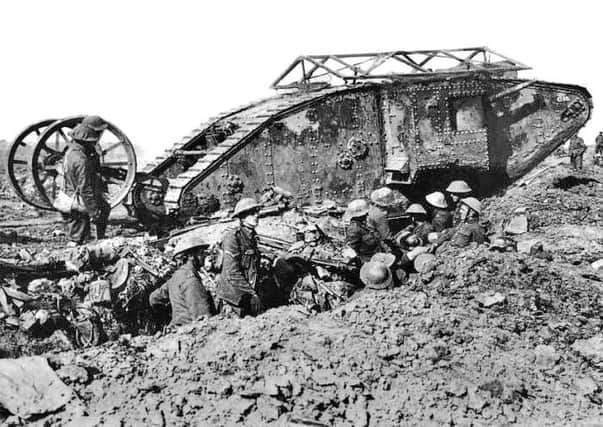The stage is set for conflict


Battle Museum of Local History has taken delivery of the replica axe, provided by Rotary Club of Battle.
This will form an important part of the new exhibition and allow visitors to get an idea of what the weapon was really like and how it was used.
This month in 1065
Advertisement
Hide AdAdvertisement
Hide AdOn 5 January, King Edward died, with the Queen and a few others by his side, named as Harold, Robert, the Palace Steward and Archbishop Stigand.
The next day his body was taken from his palace at Westminster to the nearby Abbey. Later that day, Harold Godwineson was crowned King. How did this happen?
Harold did not have a strong hereditary claim (he was only related to Edward as his brother-in-law); his claim therefore rested on nomination by his predecessor and election by the magnates.
Some chroniclers say this is what happened; others are not so certain, including the author of the ‘Life of Edward’ written at the behest of Queen Edith, the wording of which suggests that Edward could have intended Harold as a regent at most.
Advertisement
Hide AdAdvertisement
Hide AdOf course, the ‘Life’ was written after the Norman Conquest and as such was influenced by events.
However, at the very least, the reticence does at least cast some doubt on whether Edward had nominated Harold his predecessor.
There is also uncertainty about how many magnates were in agreement to his taking the throne – soon after his coronation, Harold travelled to York: maybe it was to celebrate his marriage but it may have been to deal with opposition to his rule.
William of Malmesbury, hardly a hostile witness, referred to Harold as seizing the throne, having extracted an oath of loyalty from the chief nobles.
Advertisement
Hide AdAdvertisement
Hide AdIn the meantime, William was in Normandy. The only realistic option he had in the weeks leading up to Edward’s death was to wait for an invitation to be crowned, as had happened in the case of Edward the Confessor; he would also have expected Harold to be representing his interests. He viewed Harold’s coronation, therefore, as a betrayal.
Did you know?
Thomas Pilcher, born in Battle in 1557, became a Fellow at Balliol College, Oxford in 1576 and graduated with an MA in 1579. He resigned his fellowship the following year and went to Reims to study for the priesthood – England was, of course, a Protestant country by this time.
He was ordained a priest in 1583 and sent to England on the mission. He was soon arrested exiled but quickly returned. He was arrested again in 1587 and imprisoned in Dorchester Gaol. Between his committal to prison and his condemnation, he converted thirty persons. He was horribly martyred.
In 1987, he was beatified.